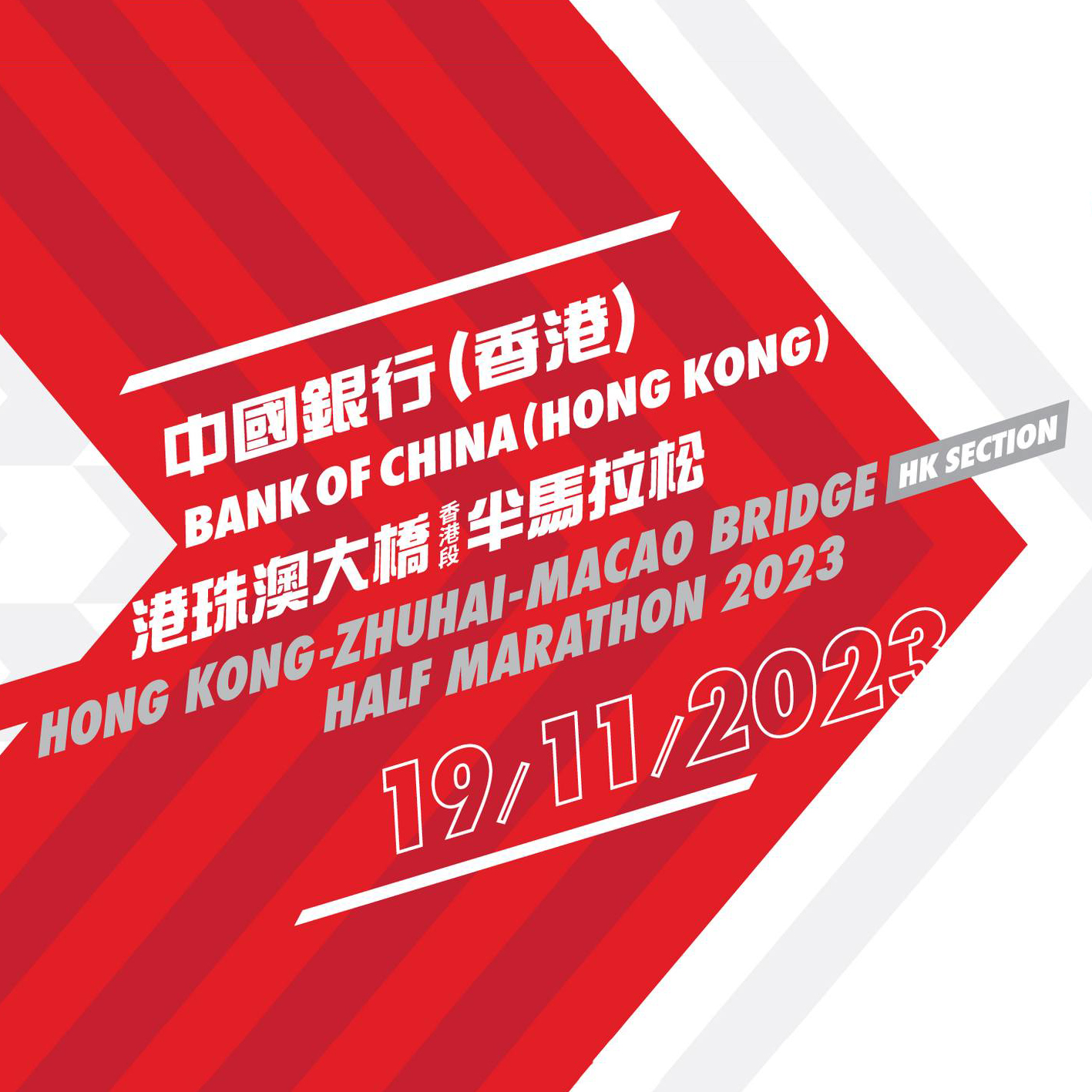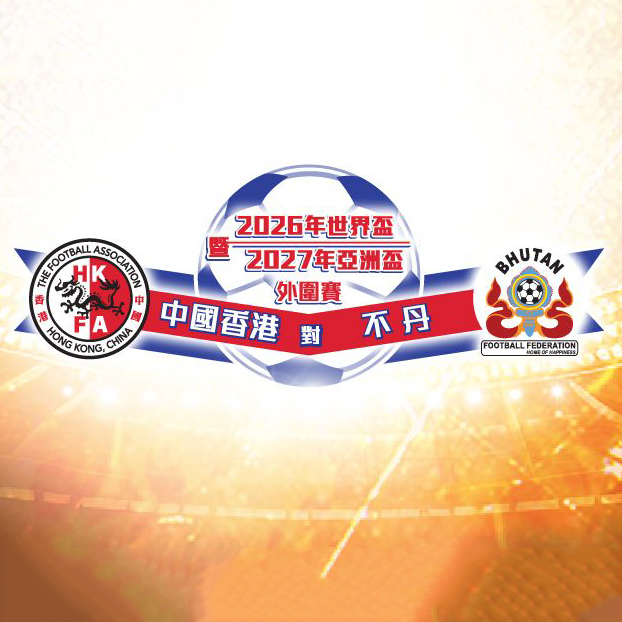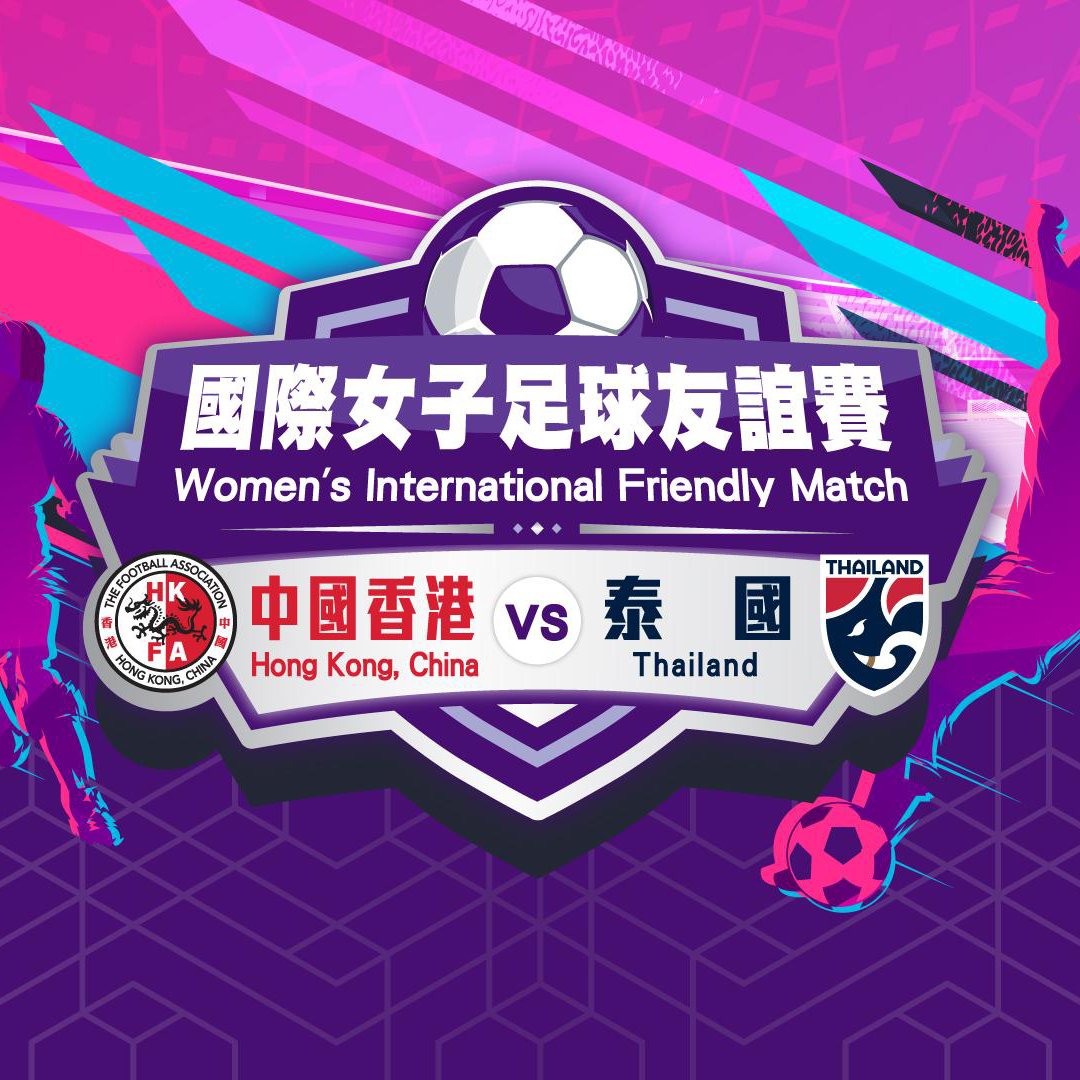The Football Association of Hong Kong, China
Event Background
There are five rounds in total to determine the eight direct slots that Asia has been awarded at the FIFA World Cup 26, with an additional nation progressing to the FIFA play-off tournament.
In the first round, 20 nations will meet in a two-legged, home-and-away, clash with the 10 winners advancing to the second round.
Those 10 nations join the remaining 26 in the second round, which will feature nine groups of four nations, with the winners and runners-up then progressing through to the third round.
The 18 nations that reach the third round will be divided into three groups of six, via a draw conducted at a later date, with the top two nations in each group qualifying for the FIFA World Cup.
The fourth round consists of the half-dozen nations that finished third and fourth in the third round being slotted into two groups of three, with the winner of both groups also receiving a direct ticket to the FIFA World Cup.
Finally, the fifth round features the two runners-up from the fourth round clashing in a two-legged, home-and-away tie to determine Asia’s representative in the FIFA play-off tournament.
The Challenge
In the realm of mobile network video transmission, stadiums pose a unique set of challenges, particularly in the crowded areas. These challenges demand our attention as we strive to provide seamless and uninterrupted video streaming experiences to spectators.
One of the primary hurdles we encounter is the limitation imposed by the sheer size of the crowd. As thousands of fans gather in a confined space, the network infrastructure faces immense pressure to handle the surge in data traffic. This surge, coupled with the simultaneous demand for high-quality video streaming, can strain the network’s capacity and lead to buffering or even complete service disruption.
Moreover, the dynamic nature of stadiums, with fans constantly moving and changing their positions, adds complexity to the video transmission process. The network must adapt swiftly to these changes, ensuring that every spectator receives a consistent and uninterrupted video feed, regardless of their location within the stadium.
The Solution
Our solution in the form of the LiveU Reliable Transport (LRT) protocol. This powerful technology lies at the core of all LiveU solutions, ensuring unwavering reliability over cellular and other IP networks. Specifically designed for bonded IP transmission, LRT™ guarantees exceptional reliability and consistent bandwidth even in the face of the most challenging cellular networks.
What sets LRT™ apart from other resilient streaming protocols is its utilization of multiple resiliency transmission techniques simultaneously. These techniques include Packet Ordering, Acknowledge & Resend, Dynamic Forward Error Corrections, and Adaptive Bitrate Encoding. By employing these advanced methods, LRT™ ensures the highest level of resilience and quality in live streaming.




